Whether you’re carving out a small corner or dedicating an entire spare room, a snug offers the perfect retreat for reading, relaxation, or quiet conversation. Rooted in the historic English “snug,” this intimate space emphasizes enclosure, warmth, and personalization. Through 20 distinct ideas—including color strategies, furniture solutions, lighting techniques, and decorative accents—you can transform underutilized nooks into cozy havens. We’ll explore how to adopt smoky palettes, integrate wood and textiles, leverage built-ins, and layer ambient lighting to craft a snug that feels both timeless and tailored to your lifestyle. Dive in to discover design tactics that fuse functionality with comfort, making any snug an irresistible escape.
1. Embrace the Historic English Snug Concept
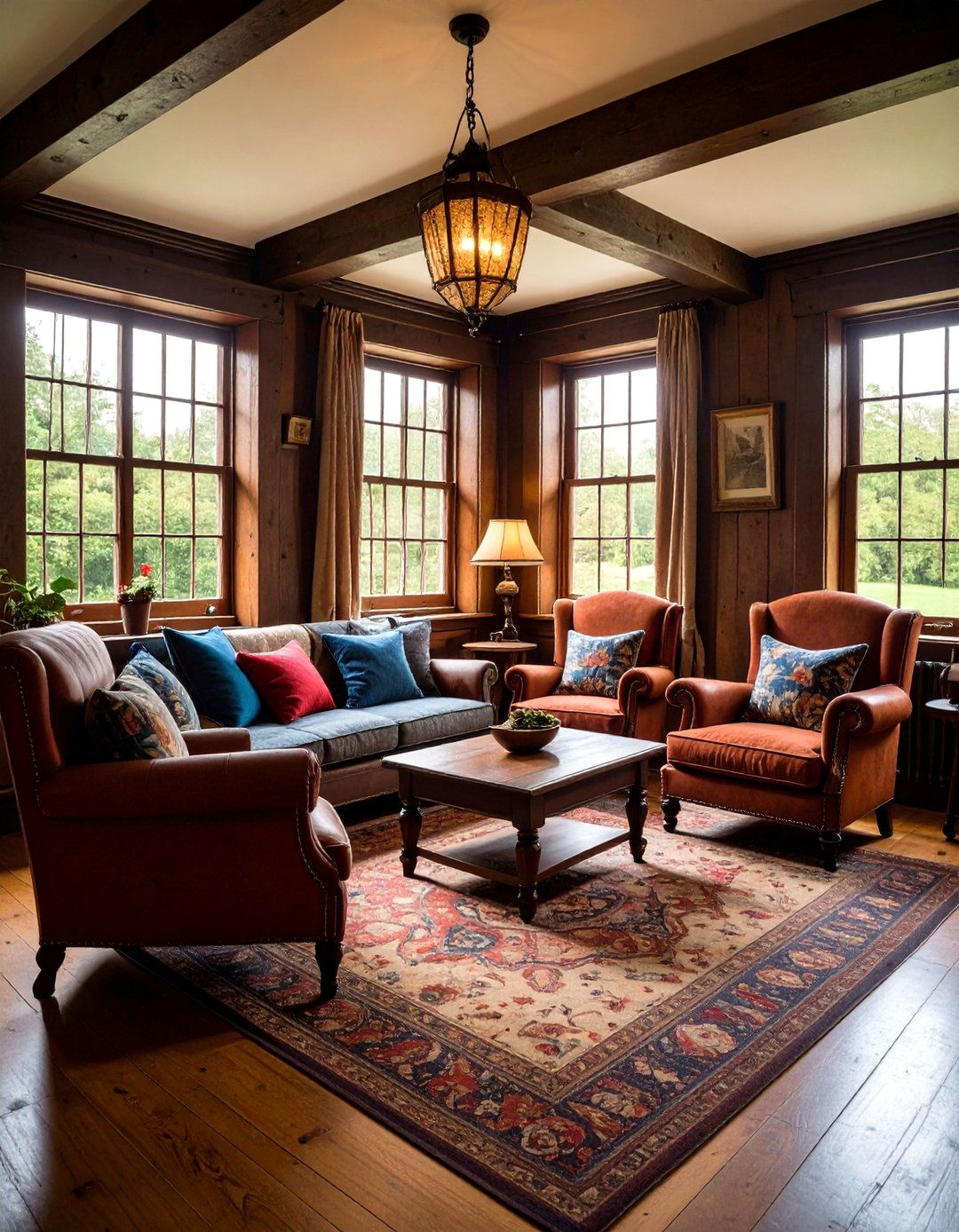
Historically, snugs stemmed from British pubs and country estates, where small windowless rooms provided patrons an intimate haven away from the hustle and bustle. Designers refer to these retreats as the “cocoon of the home,” ideal for one or two people to read, chat, or unwind without distractions. Modern snug rooms repurpose spare bedrooms, alcoves, or even sections of larger open plans, preserving a sense of enclosure through minimized openings and low-slung seating. By honoring this storied tradition, you can cultivate a space that feels both historically rooted and distinctly personal, setting the stage for comfort and solitude. Opt for upholstered armchairs or cushioned window seats to reinforce the snug’s intimate scale and tactile appeal.
2. Apply a Moody, Dramatic Color Palette

Rich, moody hues—such as deep blues, charcoal grays, and forest greens—can envelop a snug in a reassuring embrace, making the space feel cocoon-like rather than cavernous. Interior designers encourage using bold, large-scale patterns and saturated paint colors in these intimate nooks, since the smaller footprint allows for experimentation without overwhelming adjoining rooms. By selecting a paint finish with warm undertones, you avoid cold or shadowy results and maintain a balanced atmosphere. Pair moody walls with contrasting trims or subtle metallic accents to introduce visual interest and highlight architectural details. Testing paint swatches in different lighting conditions ensures the chosen palette enhances the snug’s inviting character.
3. Incorporate Wood Paneling or Simulated Wood Accents

Natural wood paneling on walls instantly adds warmth and texture, transforming a compact snug into a timber-clad oasis. Where true wood is impractical, the use of high-quality wood-effect wallpapers or lamination can simulate board cladding with convincing realism. Integrate wood furniture and shelving in complementary tones to tie the aesthetic together and reinforce the snug’s cozy appeal. For lighter spaces, choose limed or bleached oak finishes, and for richer atmospheres opt for walnut or mahogany veneers. This tactile approach grounds the design in natural elements, enhancing comfort and visual cohesion.
4. Layer Ambient, Low-Level Lighting

Layered lighting—combining table lamps, wall sconces, and concealed LED strips—creates depth and eliminates harsh shadows in a snug. Designers advise turning off overhead fixtures at night and focusing on multiple low-level sources for an intimate, cocooned glow. Incorporate dimmable circuits and smart bulbs to fine-tune the ambiance throughout the day. Accent spotlights can highlight artwork or architectural features, adding drama without increasing overall brightness. Consider candlelight or lanterns for a hygge-inspired flicker that enhances the snug’s tranquil vibe.
5. Drape or Tent the Ceiling for Cocooning

Draped fabric or tented ceilings can instantly cocoon a snug, softening hard lines and lowering perceived height. House & Garden highlights tented ceilings paired with coordinated curtains and cushions for a luxe, enveloping atmosphere. Lightweight cotton, linen, or velvet panels hung from a central ring or hidden rods draw the eye upward while adding textural richness. This technique works equally well in alcoves, loft conversions, or under staircases, converting them into secluded retreats. Select patterns or solids that harmonize with wall treatments to maintain cohesion and prevent visual clutter.
6. Integrate Built-In Seating with Hidden Storage
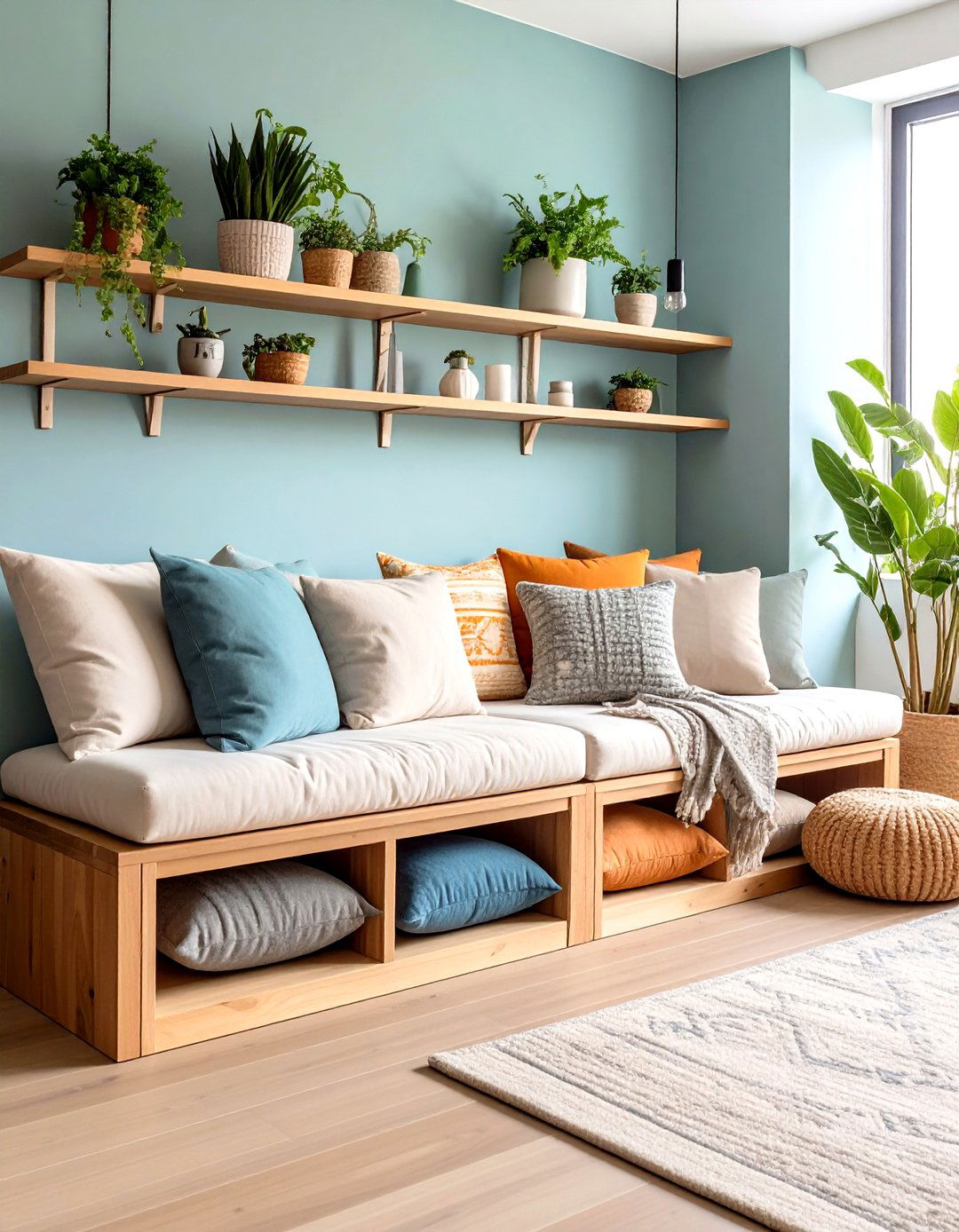
Custom built-in benches with concealed storage create multifunctional seating while maximizing limited floor space in a snug. House & Garden describes using sympathetic joinery that matches existing woodwork for a seamless, polished appearance. Add plush cushions and bolsters atop the storage bench to enhance comfort without sacrificing utility. Alternative options include sectional units with under-seat drawers or ottomans that nestle beneath custom ledges. This approach encourages clutter-free surfaces, preserving the snug’s serene and ordered aesthetic.
7. Layer Soft Textiles and Tactile Fabrics
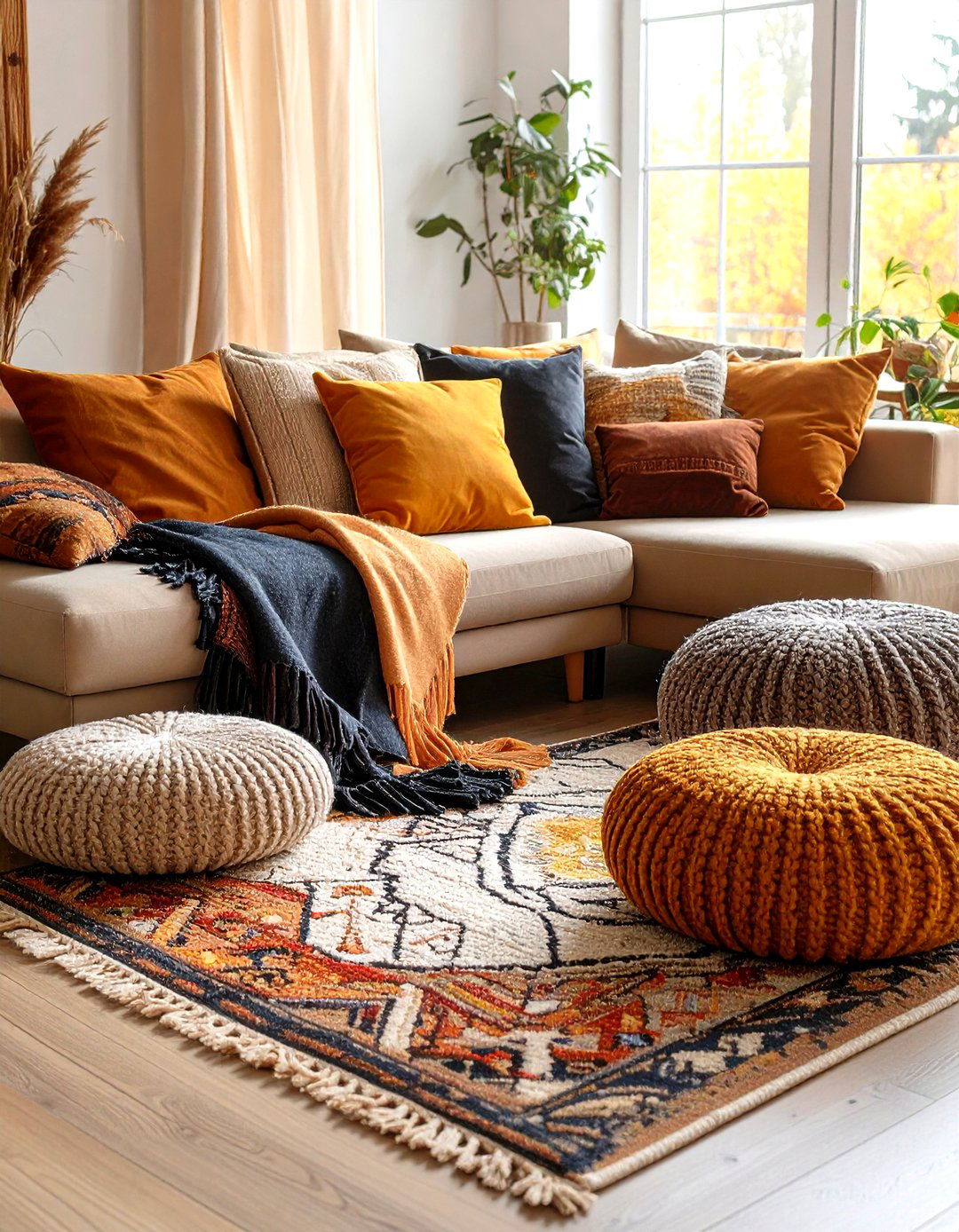
Clever layering of throws, cushions, and area rugs is one of the best ways to infuse warmth and visual interest in a snug. As showcased in Francesca Gentilli’s textile-rich schemes, combining varied textures—from boucle to silk—creates a sumptuous, inviting ensemble. Begin with a neutral base, then introduce accent pillows in mixed prints and coordinate a plush rug underfoot. Swap out fabrics seasonally—heavier wools in winter, breezy linens in summer—to keep the snug feeling fresh and functional. Don’t be afraid to play with scale; pairing small-scale patterns with large-format knits adds depth without overwhelming the space.
8. Partition with Curtains or Half Walls
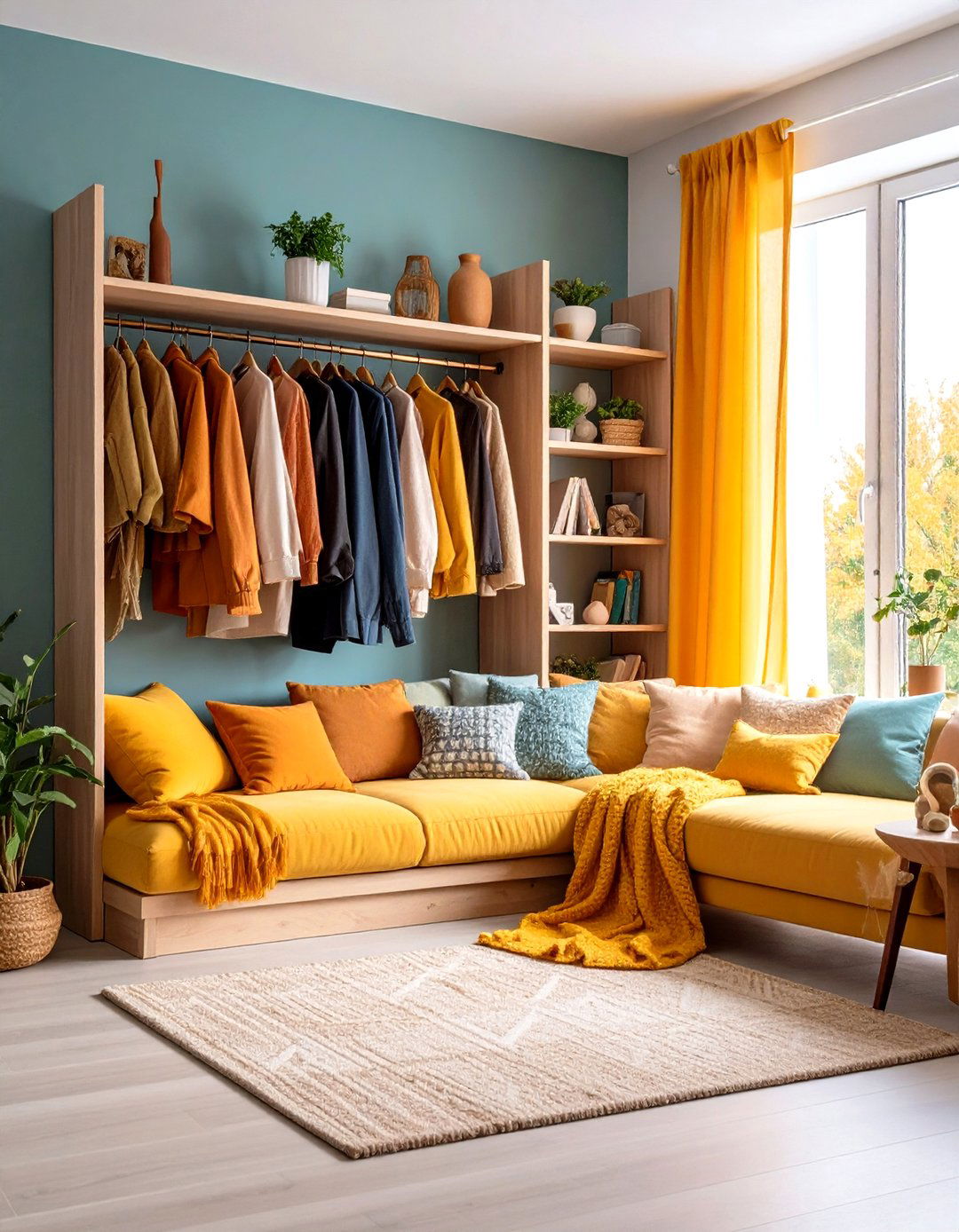
Partitioning an open-plan area with a semi-sheer curtain or a low half wall delineates a snug zone without permanent construction. Designer advice emphasizes choosing semi-translucent fabrics that allow light transmission while granting privacy and separation. A lightweight curtain track mounted to the ceiling can create a flexible division that retracts easily. Alternatively, a half-height stud wall with open shelving above offers a more stable barrier and additional display space. This method maintains visual connection to the rest of the home while signaling a distinct, cozy enclave.
9. Add a Fireplace or Faux Fireplace Focal Point
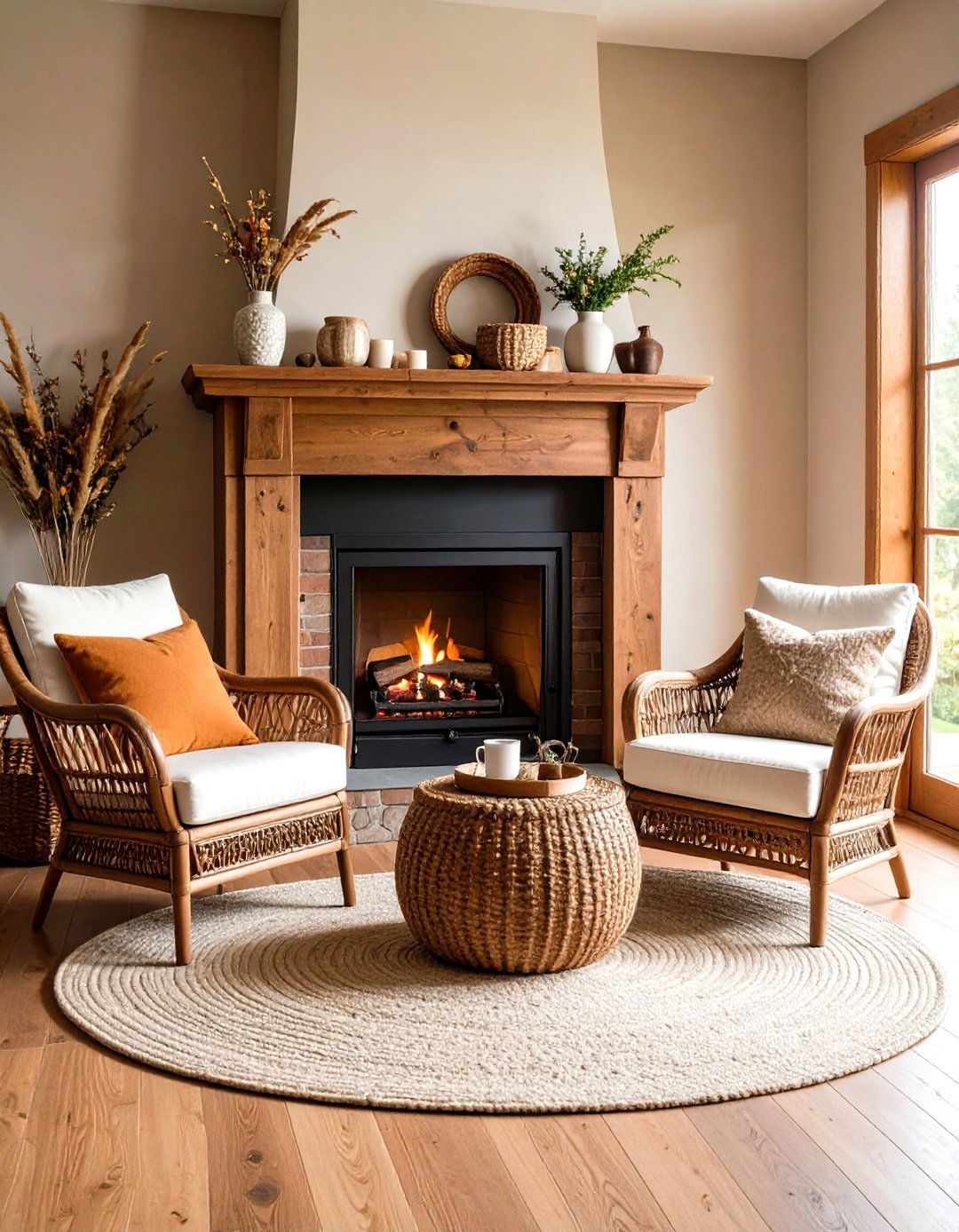
Introducing a fireplace—real or electric—instantly transforms a snug into a gathering spot, providing both visual and literal warmth. Architectural Digest suggests using candles or faux mantel displays if structural changes are impractical, maintaining hygge-inspired charm. Flanking the hearth with built-in bench seating or cozy chairs enhances the sense of intimacy. Opt for a compact log burner or a sleek, wall-mounted electric unit to fit smaller footprints. Layer hearth accessories like woven baskets of firewood to anchor the space with rustic texture and function.
10. Install Floor-to-Ceiling Bookshelves
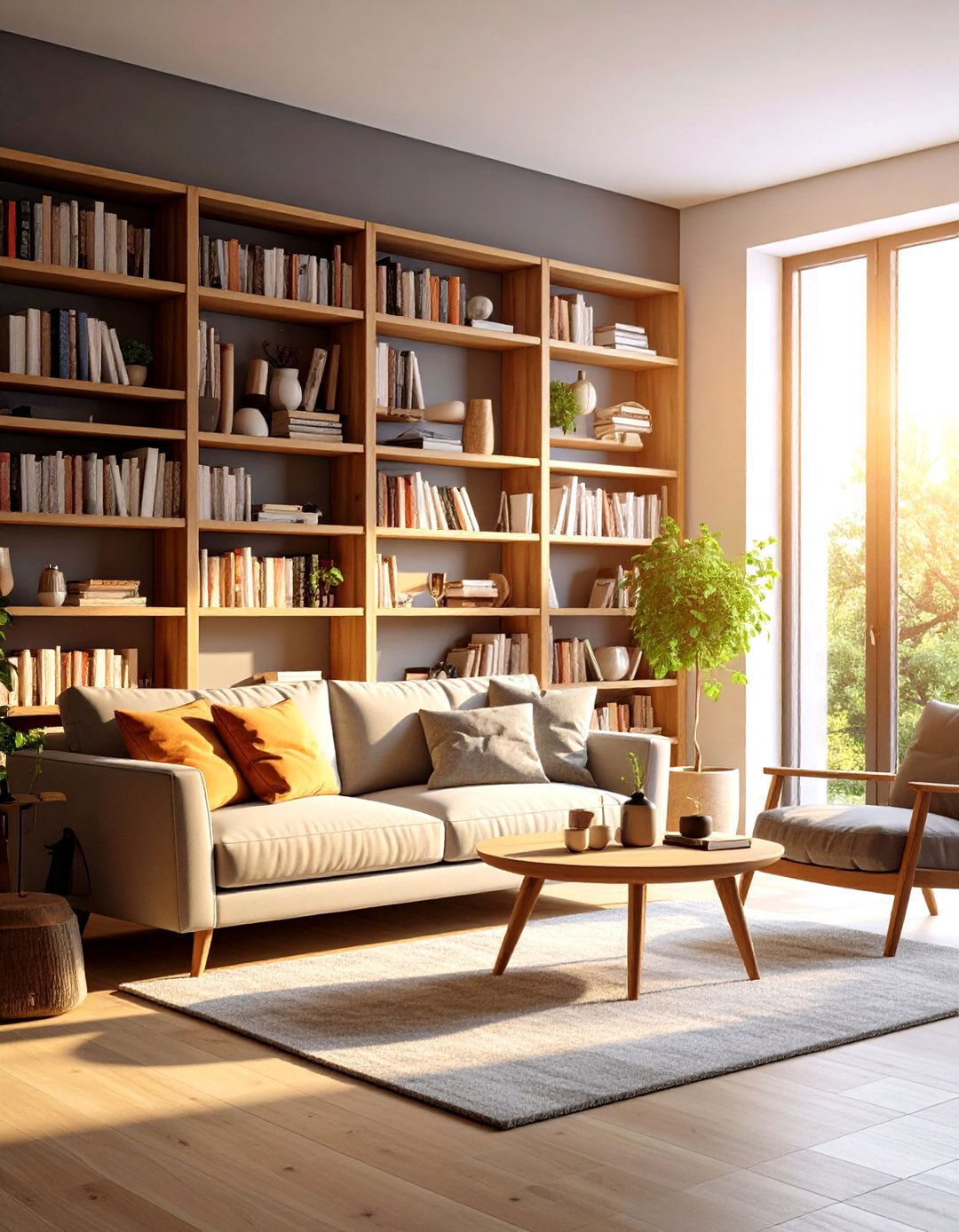
Floor-to-ceiling bookshelves create a library-like ambiance that both stores collections and defines the snug’s perimeter. House & Garden notes that bespoke joinery mimicking existing woodwork can integrate shelving seamlessly into any corner. Intersperse decorative objects and framed photos with books for a curated, personal touch. Backlighting integrated into the shelves adds drama and highlights favorite titles. This vertical approach maximizes storage and draws the eye upward, making the space feel taller and more intentional.
11. Bring in Greenery and Nature-Inspired Decor
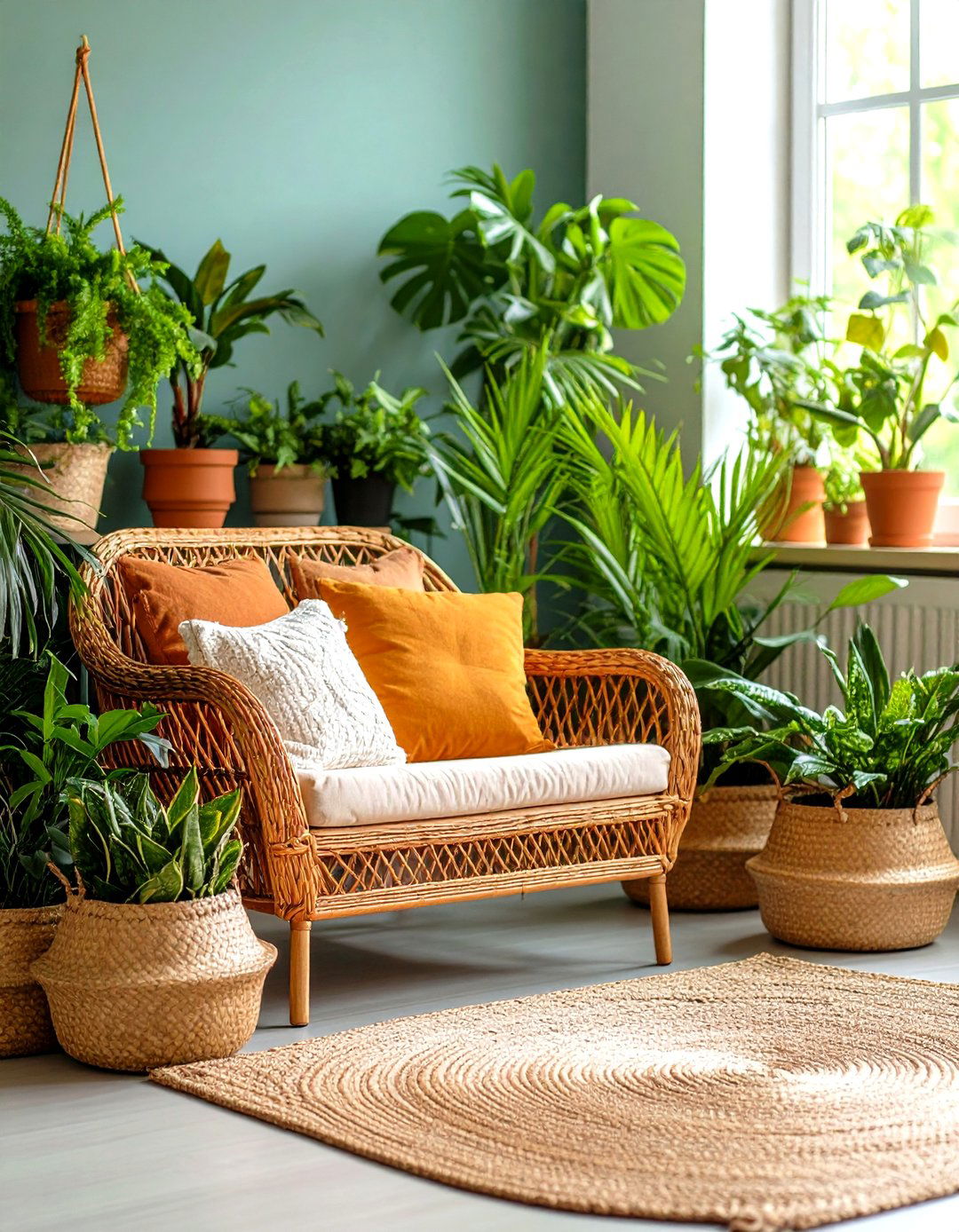
Incorporating live plants or botanical motifs connects the snug to the outdoors and enlivens the atmosphere. Verdant greens and leaf-inspired fabrics evoke forest-like serenity, as seen in designer Alex Kaehler’s schemes. Select low-maintenance varieties like ferns, pothos or peace lilies for easy care in dimmer lighting. Use woven baskets and terracotta pots to complement natural textures elsewhere in the snug. A single statement palm or a cluster of tabletop succulents can be enough to animate the space.
12. Mix in Antique or Flea Market Finds
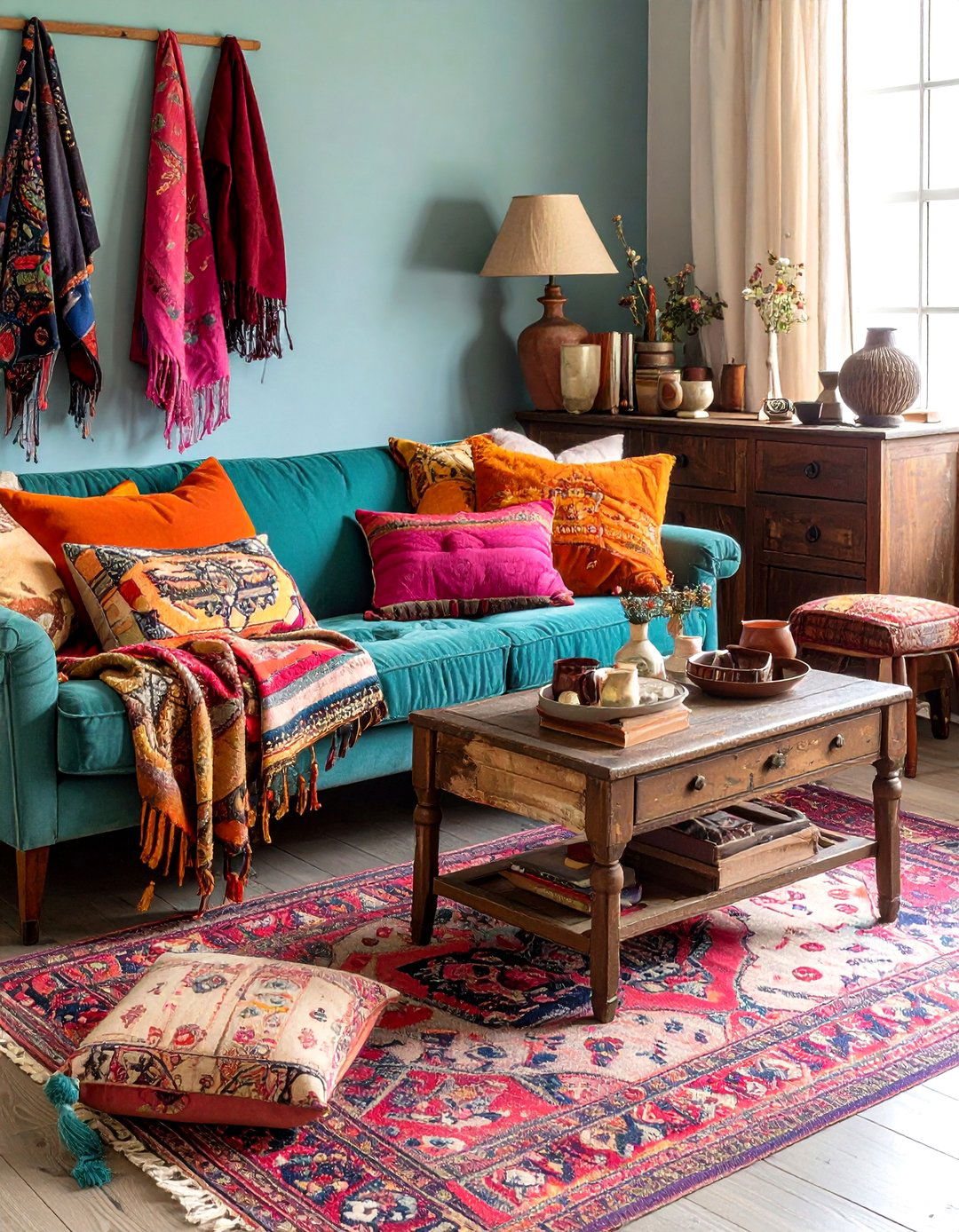
Juxtaposing modern fixtures with antique or flea market pieces adds depth and collected character to a snug. House Beautiful recommends splicing in shabby-chic elements—like a vintage stool or heirloom clock—to break up contemporary staples. Scour local markets for unique finds; even a weathered side table contributes narrative and patina. Balance aged finishes with fresh textiles and crisp walls to prevent the space from feeling dated. This curated, layered approach yields an inviting environment rich in storytelling and style.
13. Choose a Monochromatic or Tonal Color Scheme
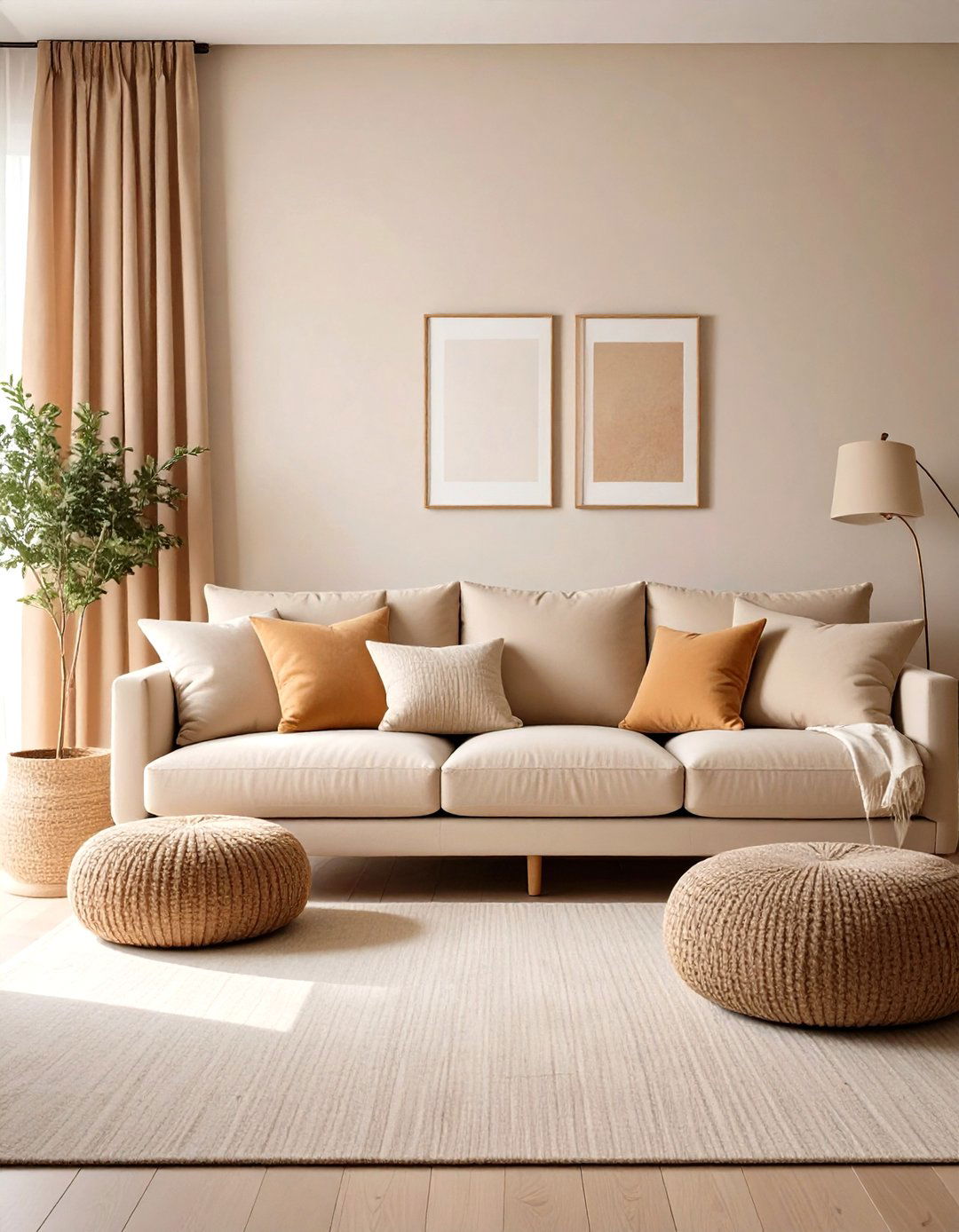
A monochromatic palette uses varied tints and shades of a single hue to establish a serene, cohesive snug. Homes & Gardens highlights neutral tonal schemes—such as layers of beige or ivory—for a tranquil, texturally rich environment. Introduce subtle contrast through materials—like matte walls, glossy trim, and plush fabrics—for depth. A single accent color, applied sparingly, can punctuate the scheme without disrupting harmony. This method ensures visual flow and prevents the snug from appearing cluttered despite rich textures.
14. Use Floating Furniture to Maximize Floor Space
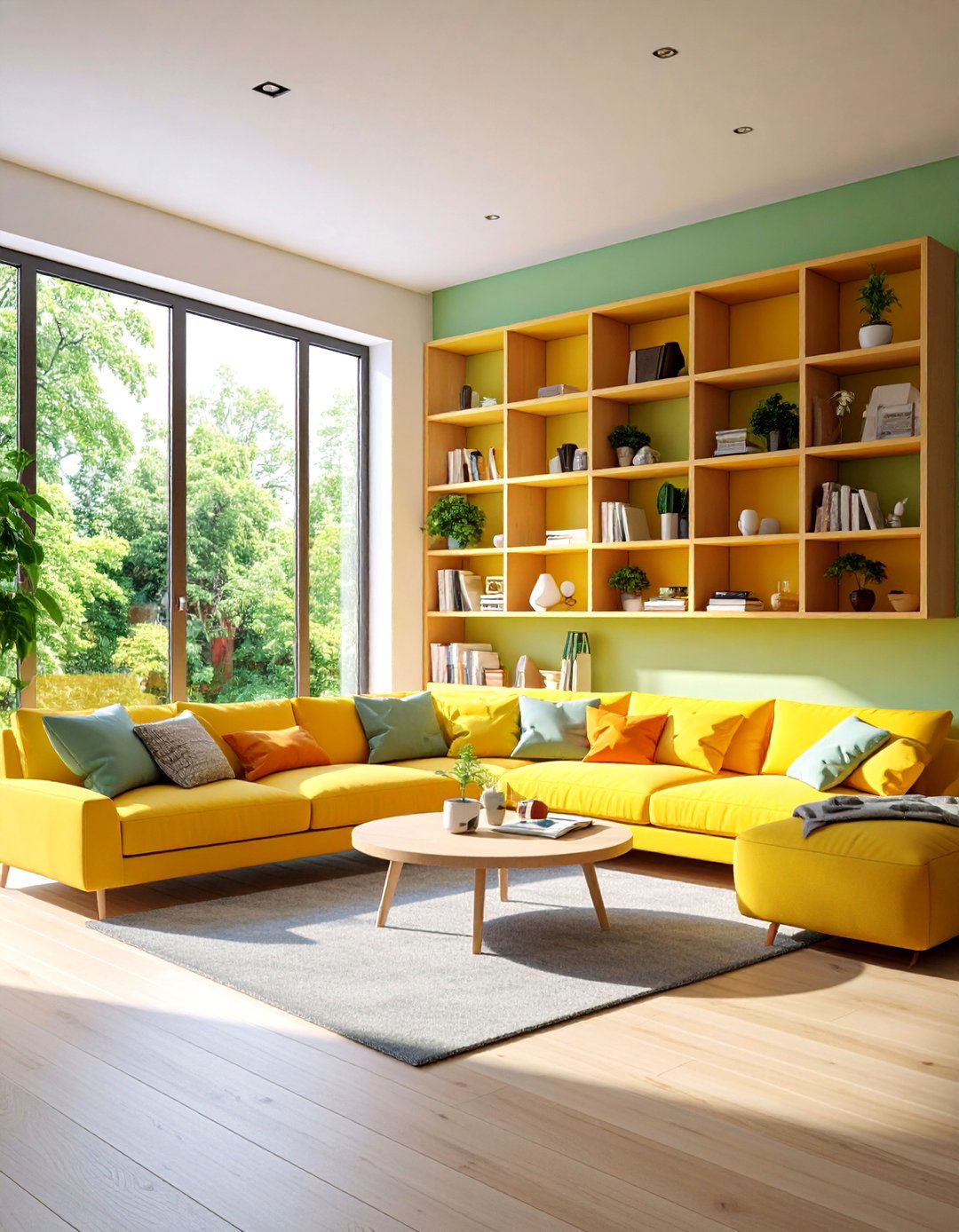
Floating furniture—such as wall-mounted nightstands or low shelves—frees up floor area and fosters an airy snug feel. Architectural Digest advises installing floating nightstands to save square footage in tight spaces. Floating benches and consoles also create the illusion of more room, making cleaning easier. Pair with sleek, wall-hung lighting to keep the overall footprint minimal. This weightless approach emphasizes open sightlines, ensuring the snug remains uncluttered.
15. Create a Café-Inspired Coffee Station
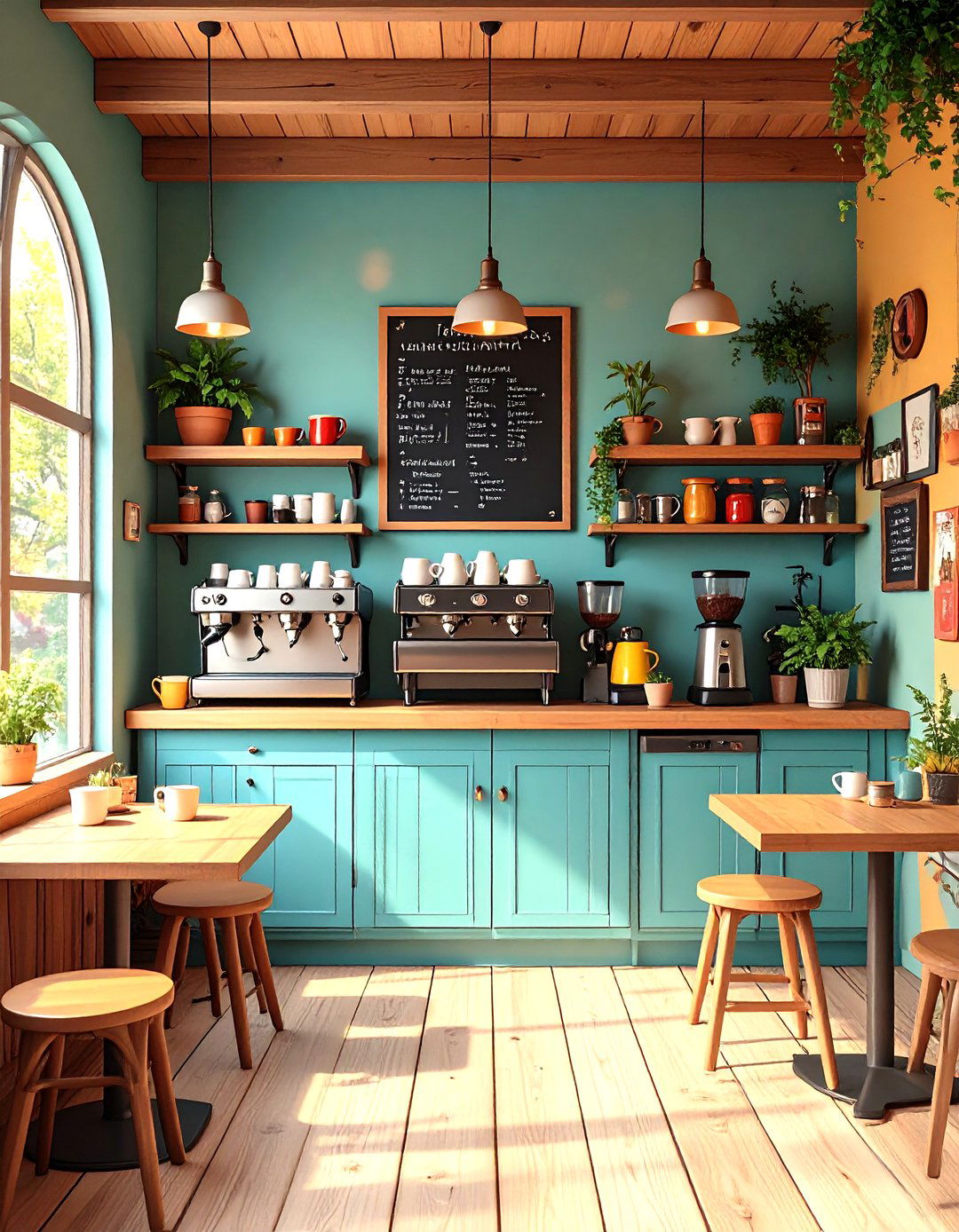
Embracing the “cafécore” aesthetic, a compact coffee station adds functional charm and daily ritual to a snug. Better Homes & Gardens notes that displaying unique mugs, chalkboards, and curated coffee accessories fosters an inviting coffee-haven atmosphere. Select a narrow console or built-in niche to house an espresso machine and storage for beans or tea. Layer in café-inspired art prints, menu boards, or vintage signage for authenticity. This coffee corner becomes both a design statement and a personalized indulgence.
16. Incorporate a Stylish Bar Cart or Beverage Station
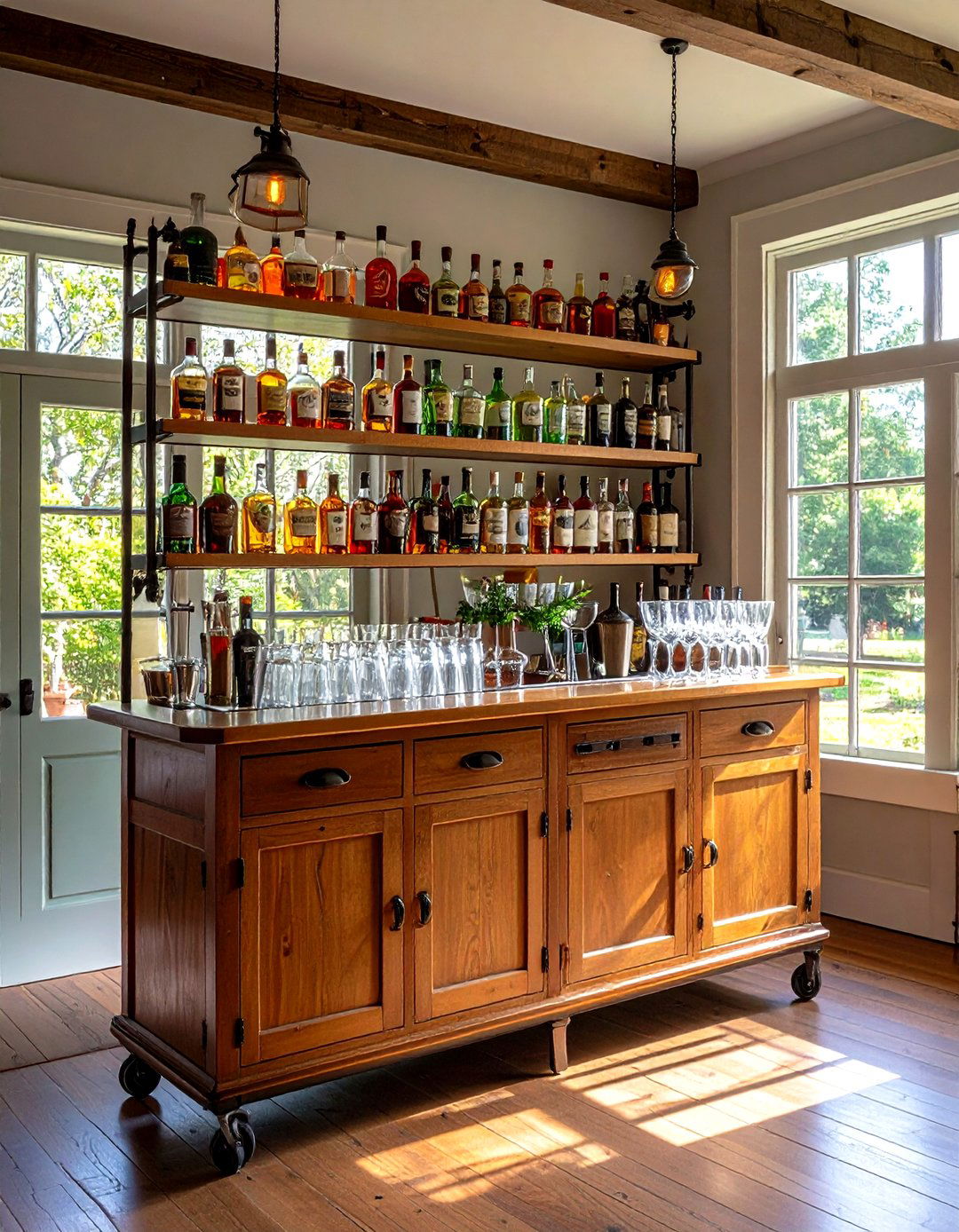
A bar cart offers mobility and elegance, doubling as a serving station and accent piece in a snug. Architectural Digest suggests styling carts with essentials—glassware, decanters, and mixers—while balancing aesthetics with practicality. Opt for a slim-profile trolley if space is limited, or choose a vintage cart for added character. Keep the display curated to avoid visual clutter, rotating items seasonally. A beverage station tailored to personal tastes enhances the snug’s hospitality factor.
17. Define the Nook with Furniture or Fabrics

Furniture placement—like an L-shaped sofa or a well-placed armchair—can delineate the snug without additional construction. FT.com highlights using lowered ceilings, curtains or area rugs to demarcate nooks while fostering comfort. Incorporate a statement rug or runner that contrasts the adjoining flooring to visually anchor the space. A pair of chairs angled toward each other enhances conversation and defines a social zone. This layering of furnishings and fabrics ensures the snug stands out as a distinct design element.
18. Anchor the Layout with a Clear Focal Point
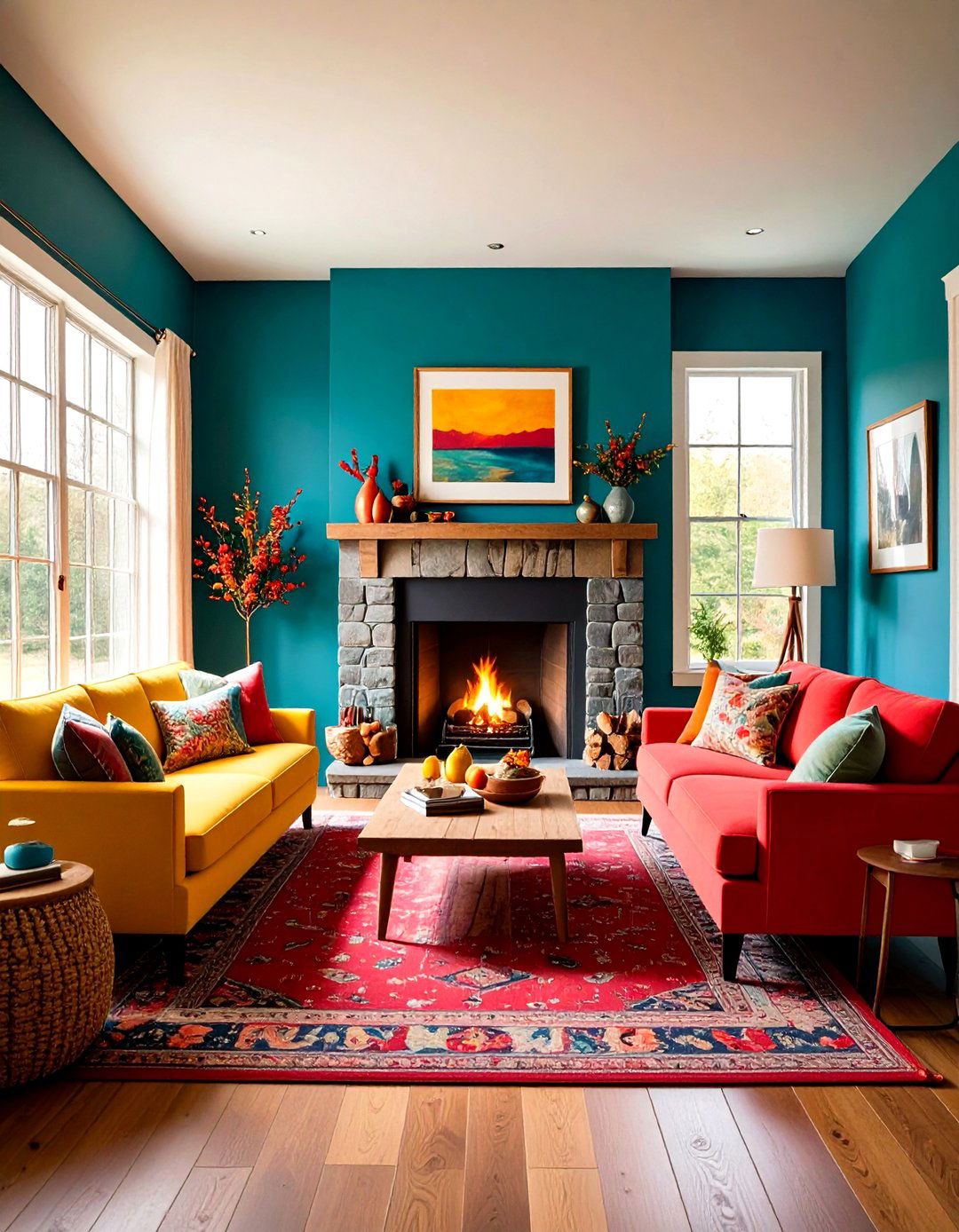
A well-chosen focal point—such as a fireplace, statement wall or art piece—grounds the snug and informs furniture arrangement. Homes & Gardens recommends creating symmetry around the focal element for visual balance and flow. Arrange seating opposite windows to maximize natural light and scenic views when available. Use area rugs to delineate the sitting area, ensuring all key pieces relate harmoniously to the focal feature. Thoughtful orientation makes even the smallest snugs feel intentional and inviting.
19. Select Small-Scale, Multifunctional Furniture
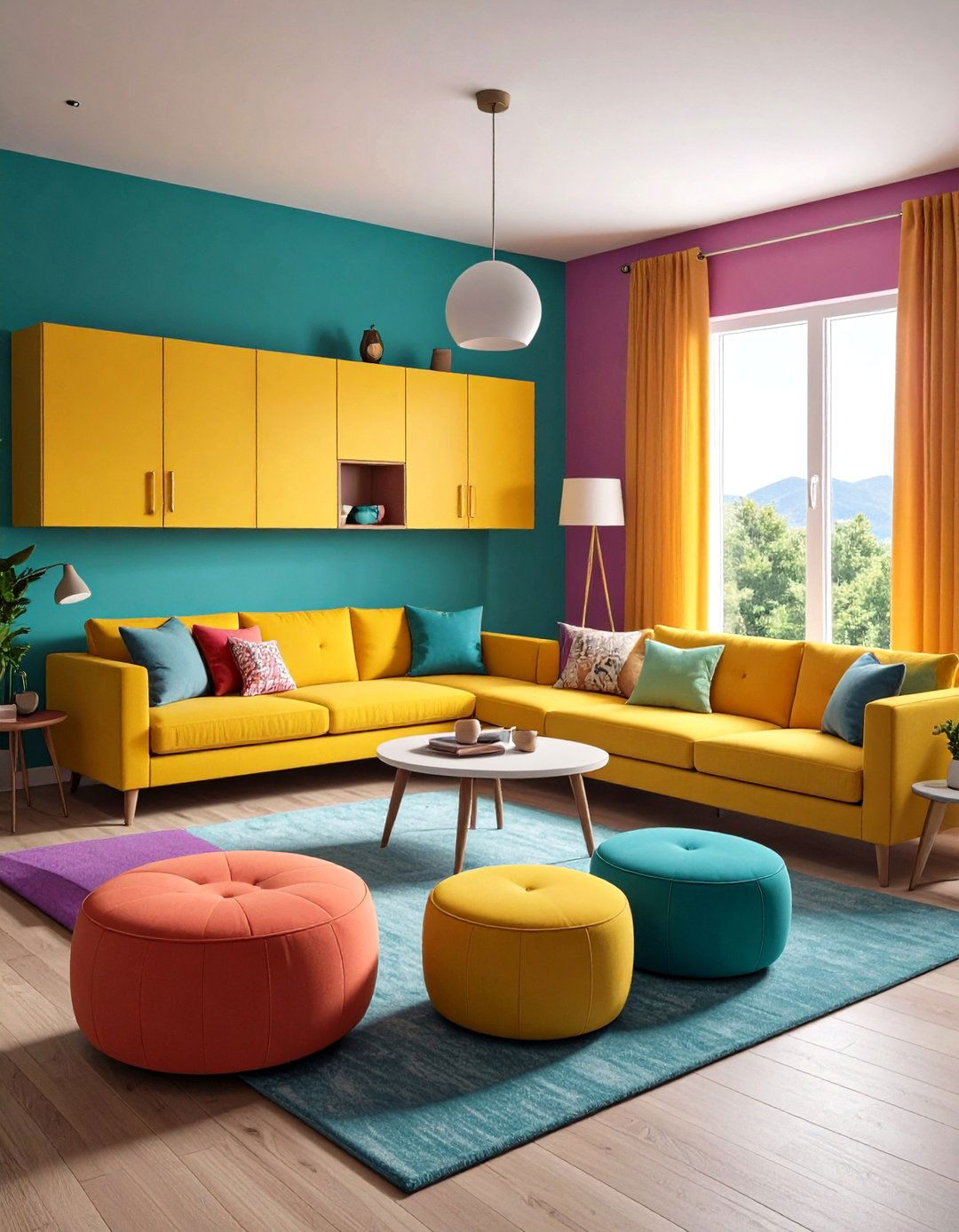
Opt for compact, multifunctional pieces—like a slim sofa or nesting tables—that accommodate various activities without overwhelming the snug. Architectural Digest’s design experts recommend items like the Turner Small Sofa for its curved form and space-efficient profile. Consider ottomans with lift-top storage or folding side tables to enhance versatility. Furniture with built-in trays or under-seat compartments further amplifies utility. This approach ensures the snug remains uncluttered, functional, and perfectly scaled to its footprint.
20. Personalize with Art and Cherished Objects

Displaying art, family photos or travel mementos infuses the snug with personality and narrative. Architectural Digest suggests curating a wall gallery or tabletop vignette that reflects your unique experiences. Rotate featured pieces periodically to maintain freshness and engagement. Incorporate decorative trays or bowls to corral smaller objects like candles or trinkets. Personal touches make a snug feel lived-in, warm, and distinctly inviting.
Conclusion:
Transforming a snug demands thoughtful layering of color, texture, light, and function to foster an environment that feels simultaneously intimate and purposeful. From embracing the snug’s historical roots and experimenting with moody palettes to integrating multifunctional furniture and personalized accents, each of these 20 ideas offers a blueprint for creating a truly comforting retreat. Whether you’re working within a budget-friendly spare corner or undertaking custom joinery, applying these strategies will help you curate a sanctuary tailored to your lifestyle. Ultimately, a well-designed snug invites relaxation, nurtures connection, and celebrates the joy of a space made just for you.



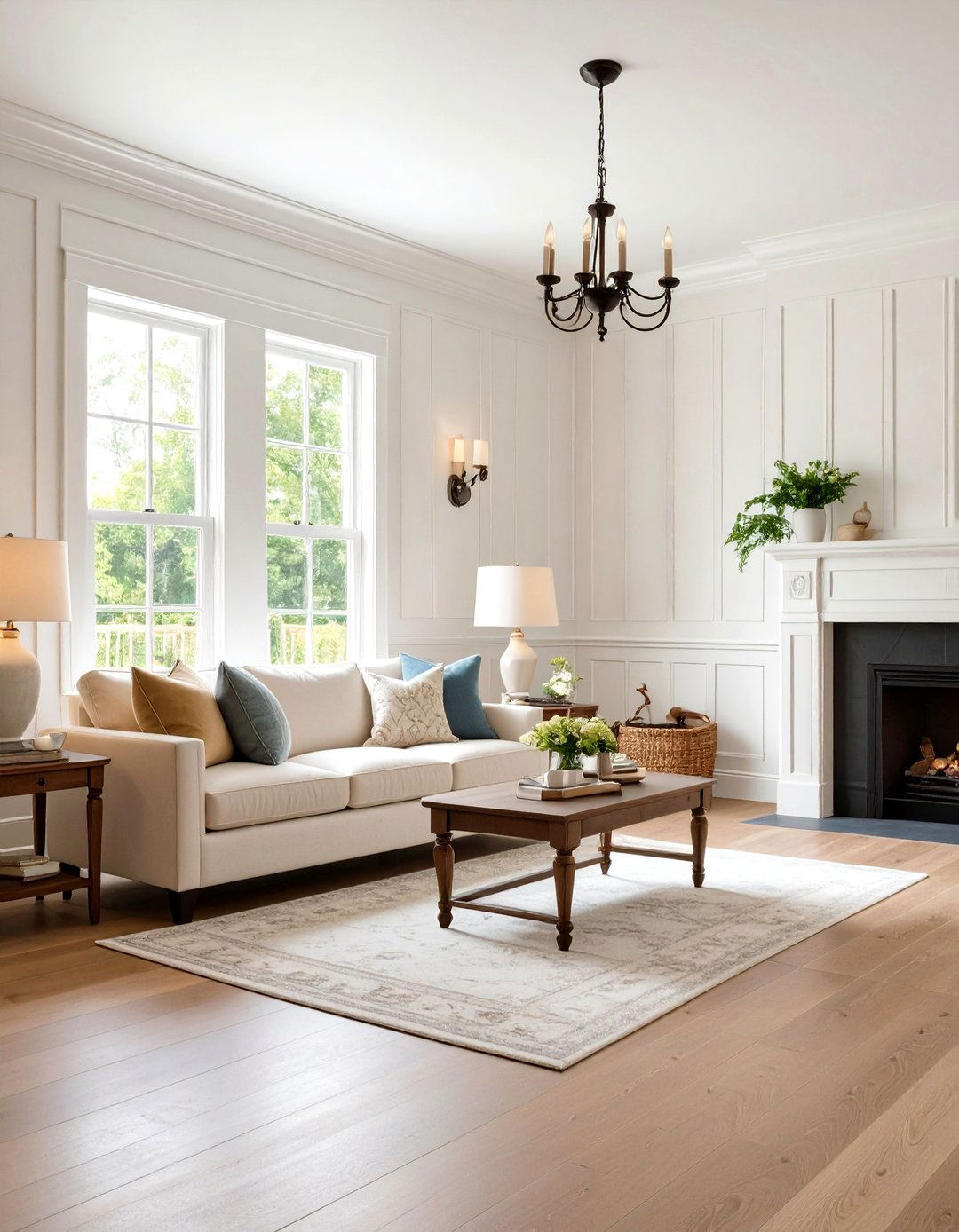
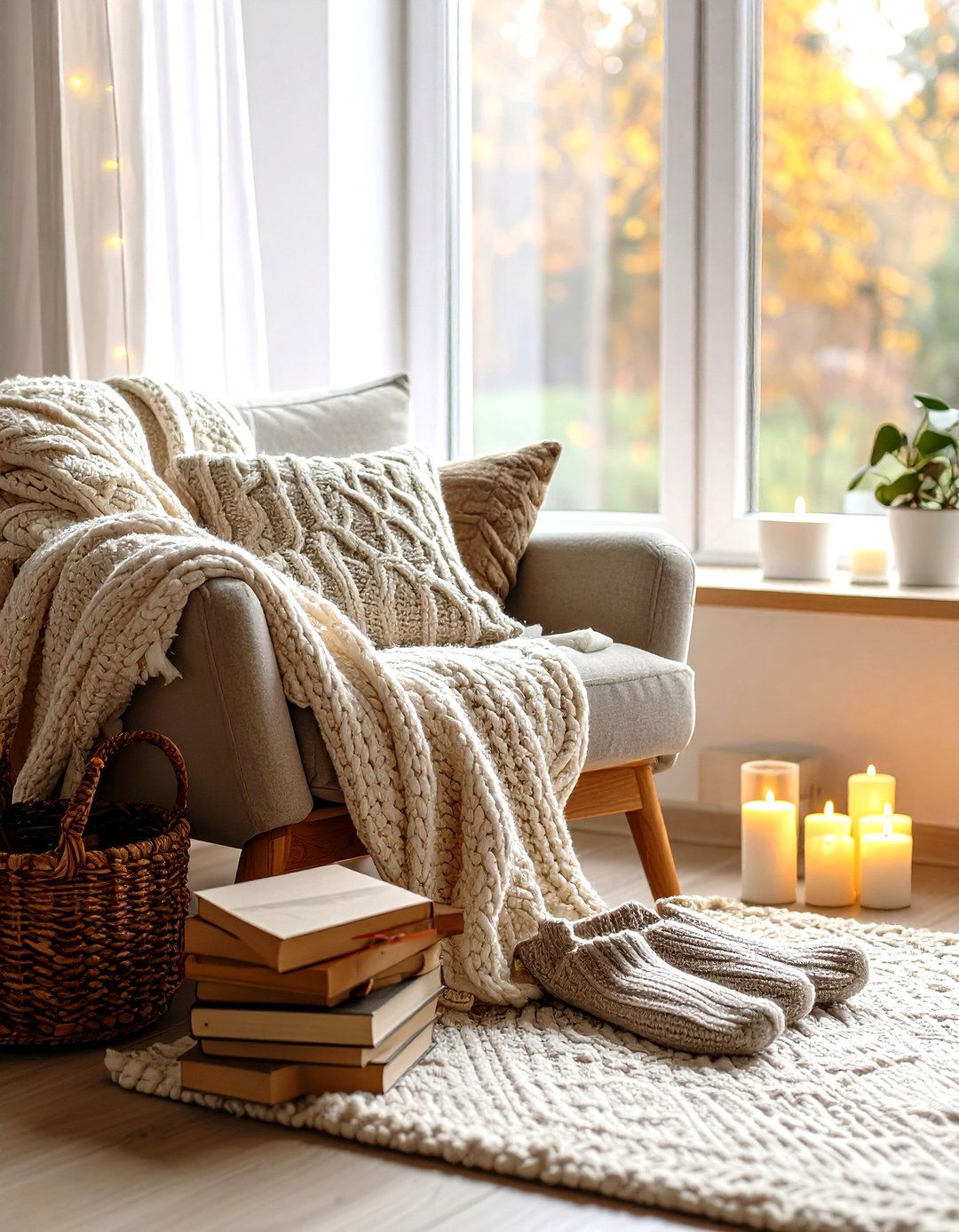
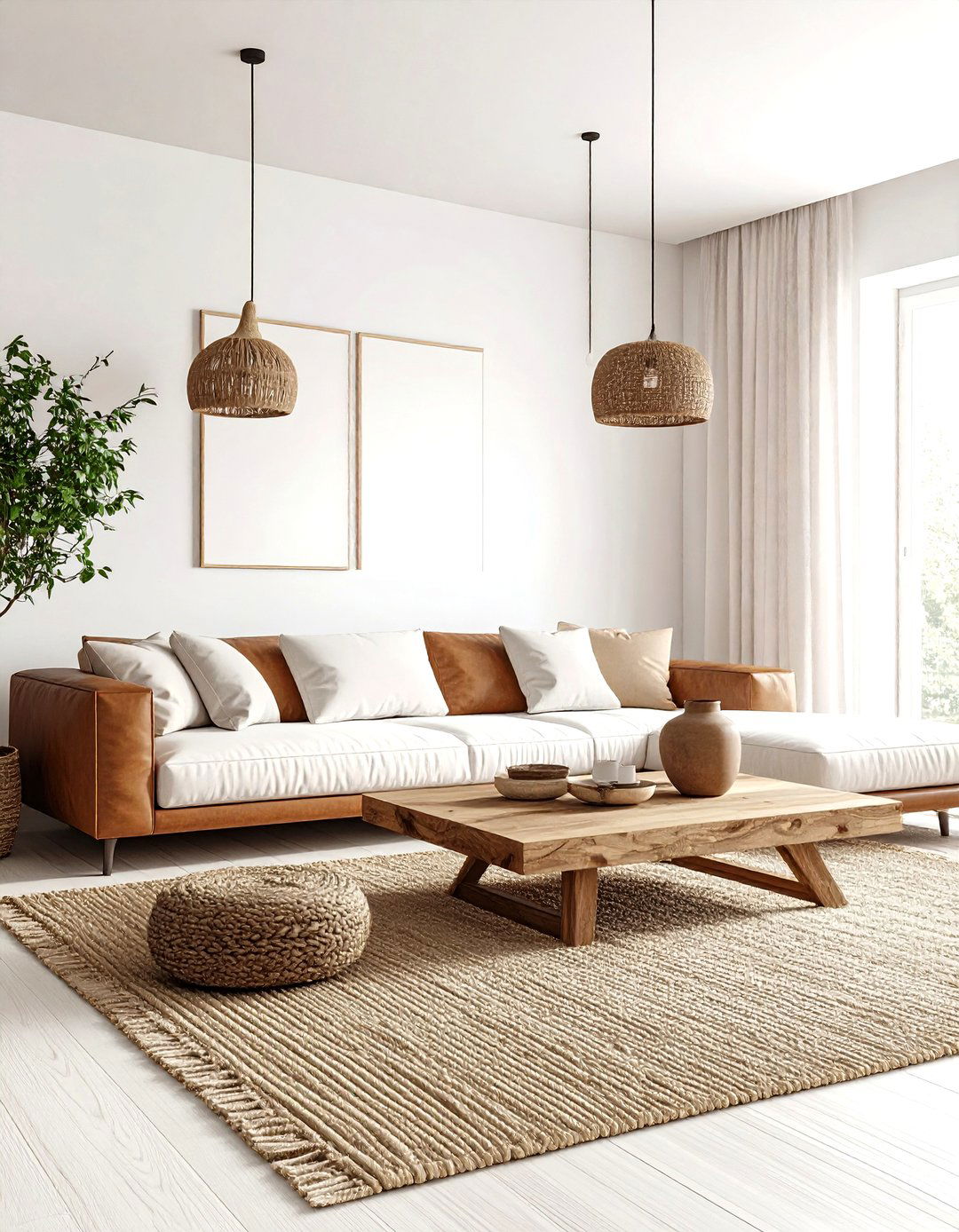
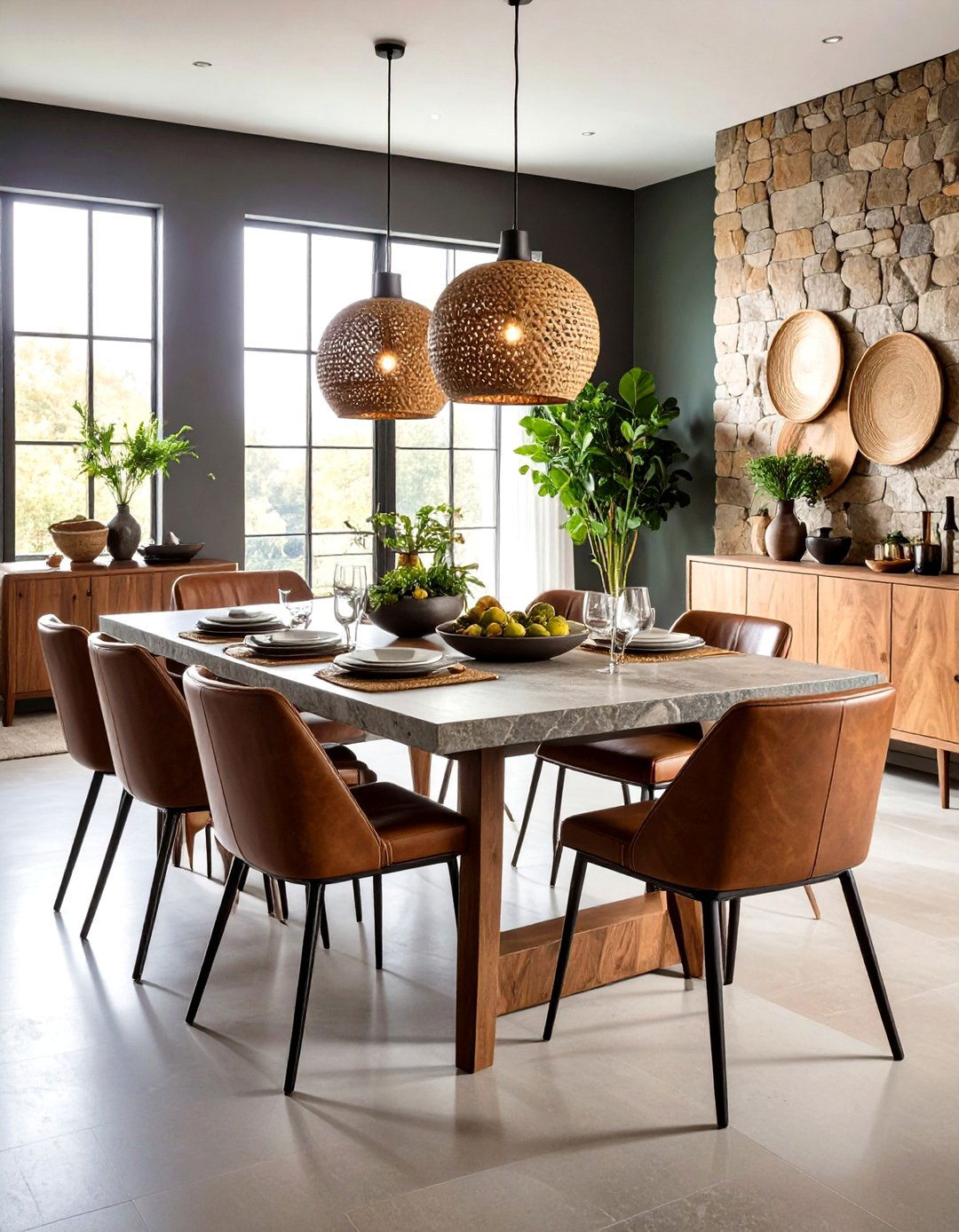
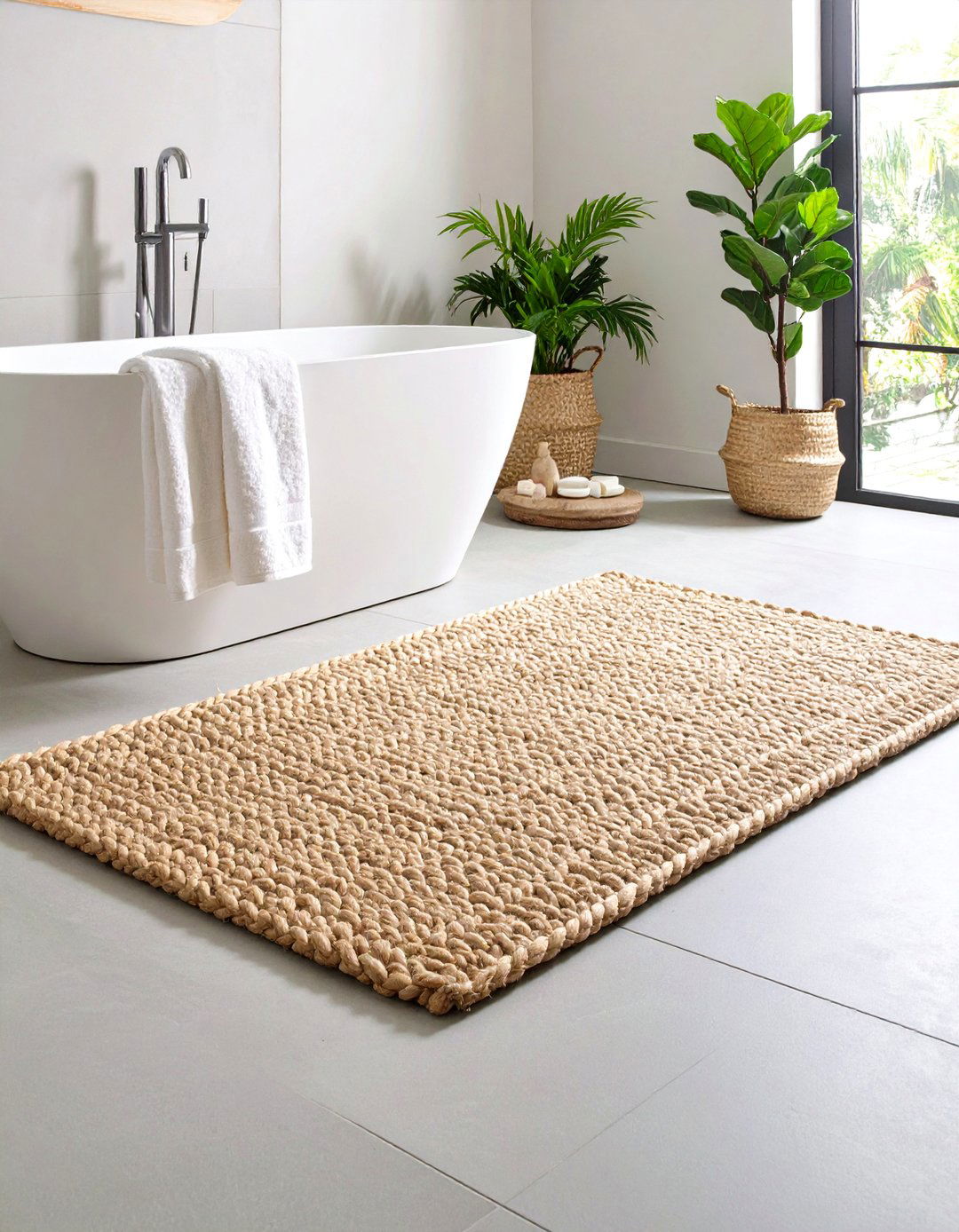
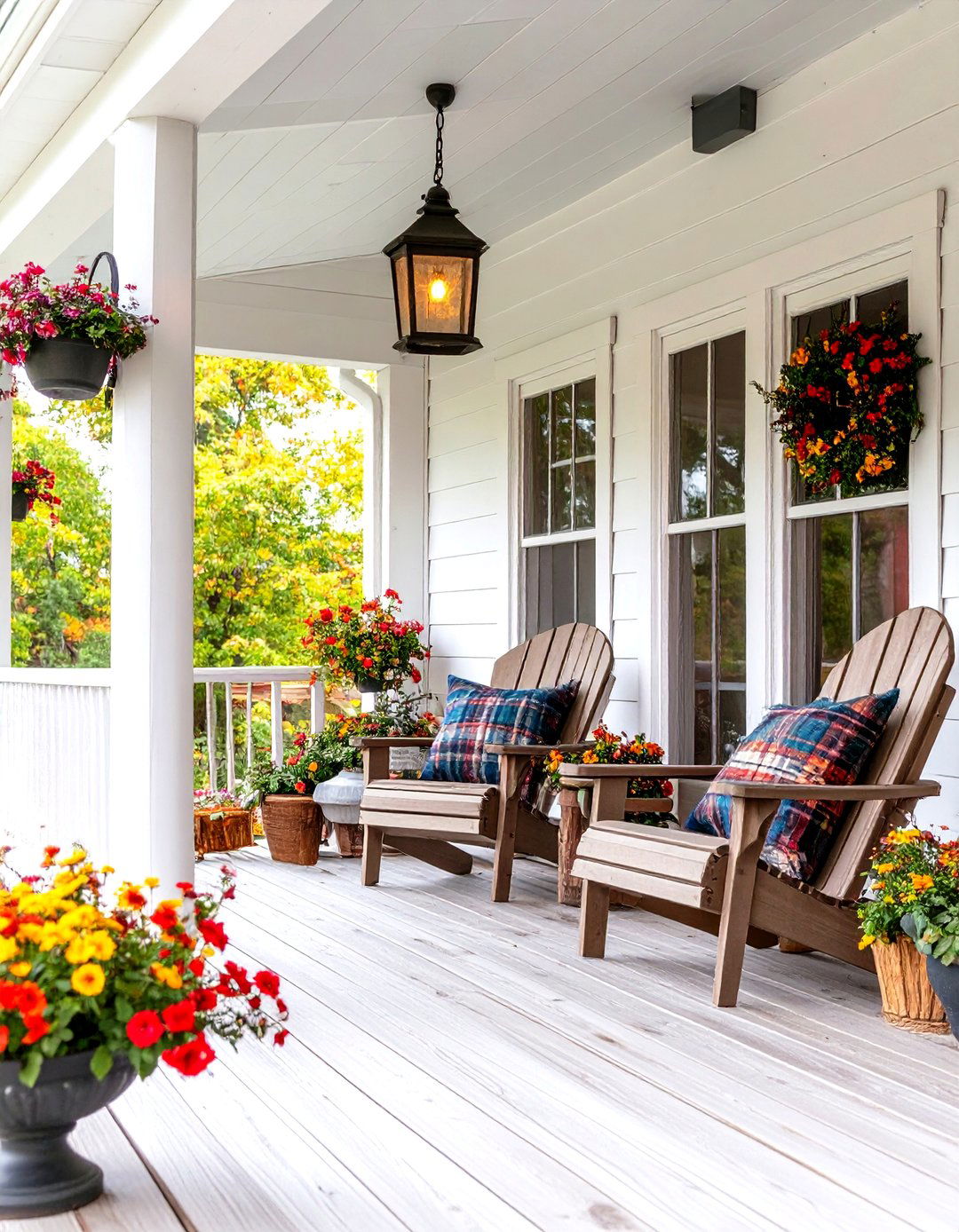
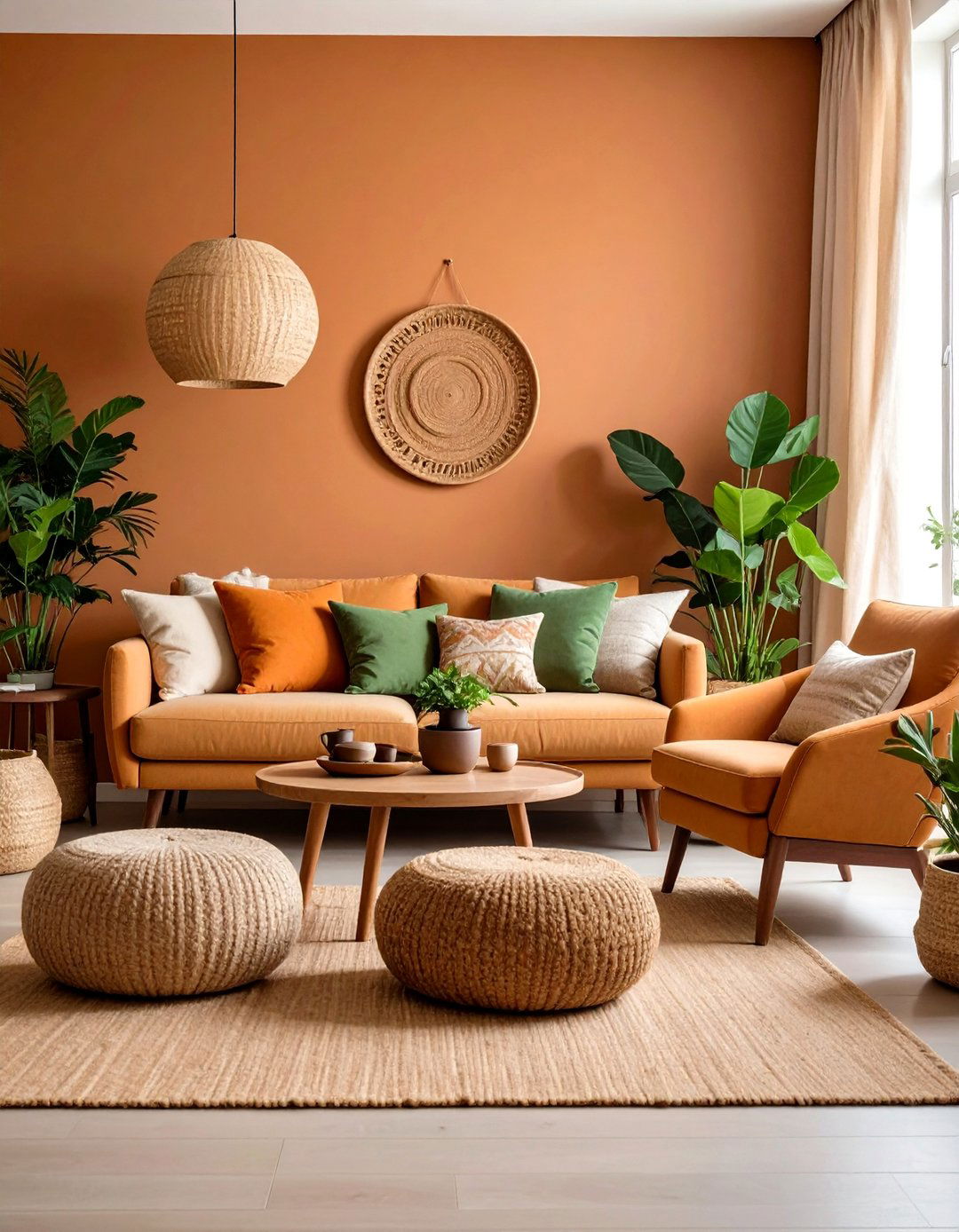
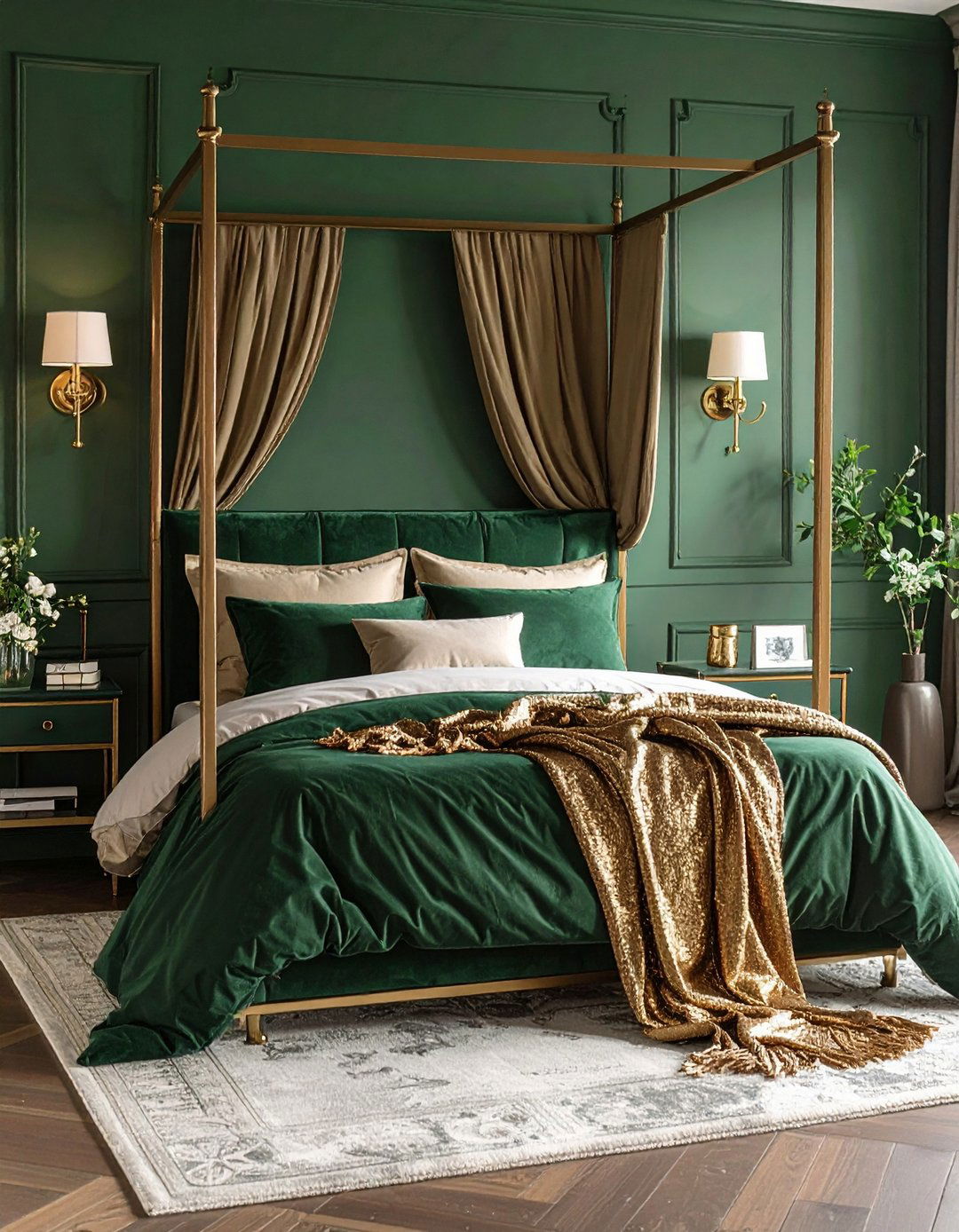
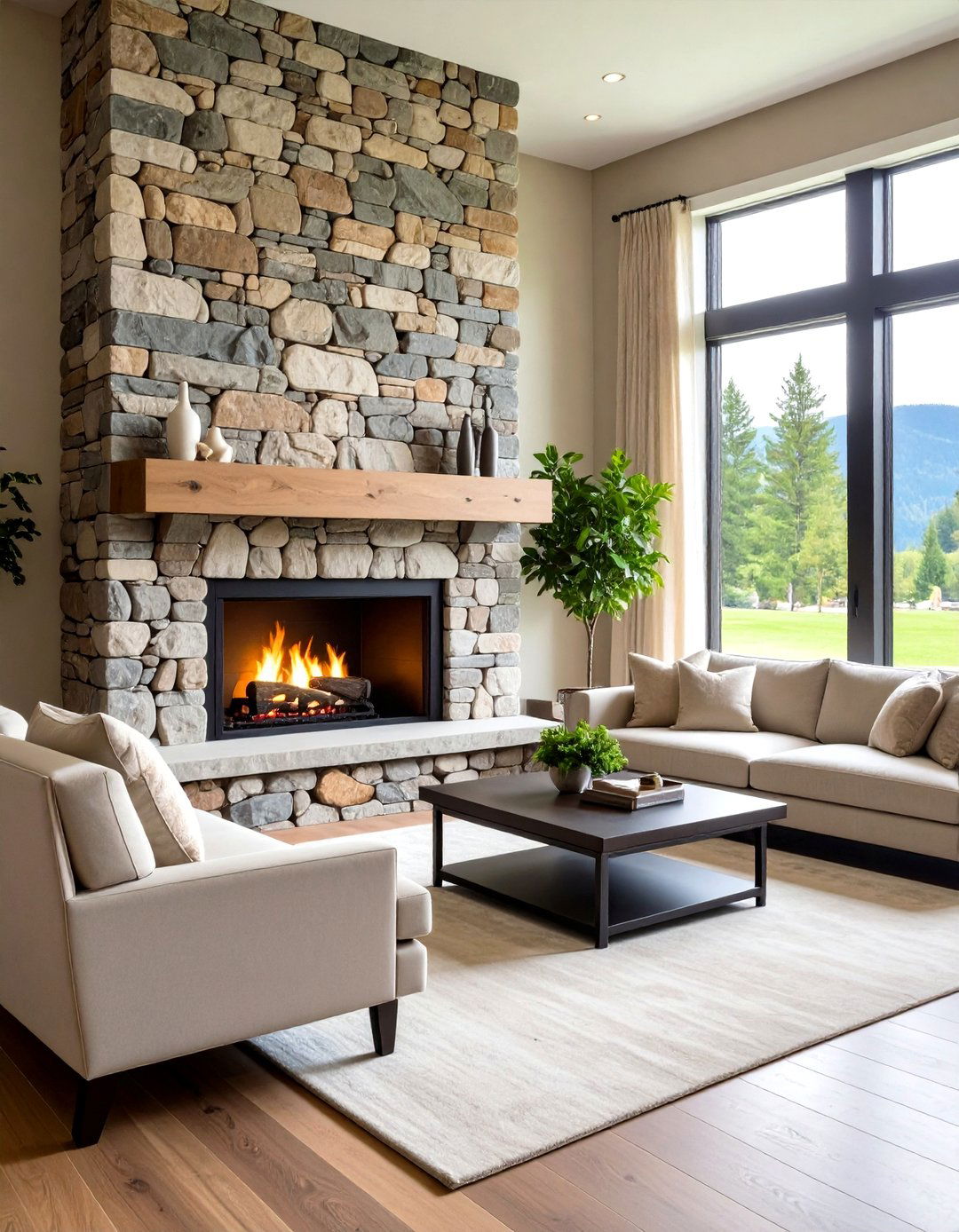



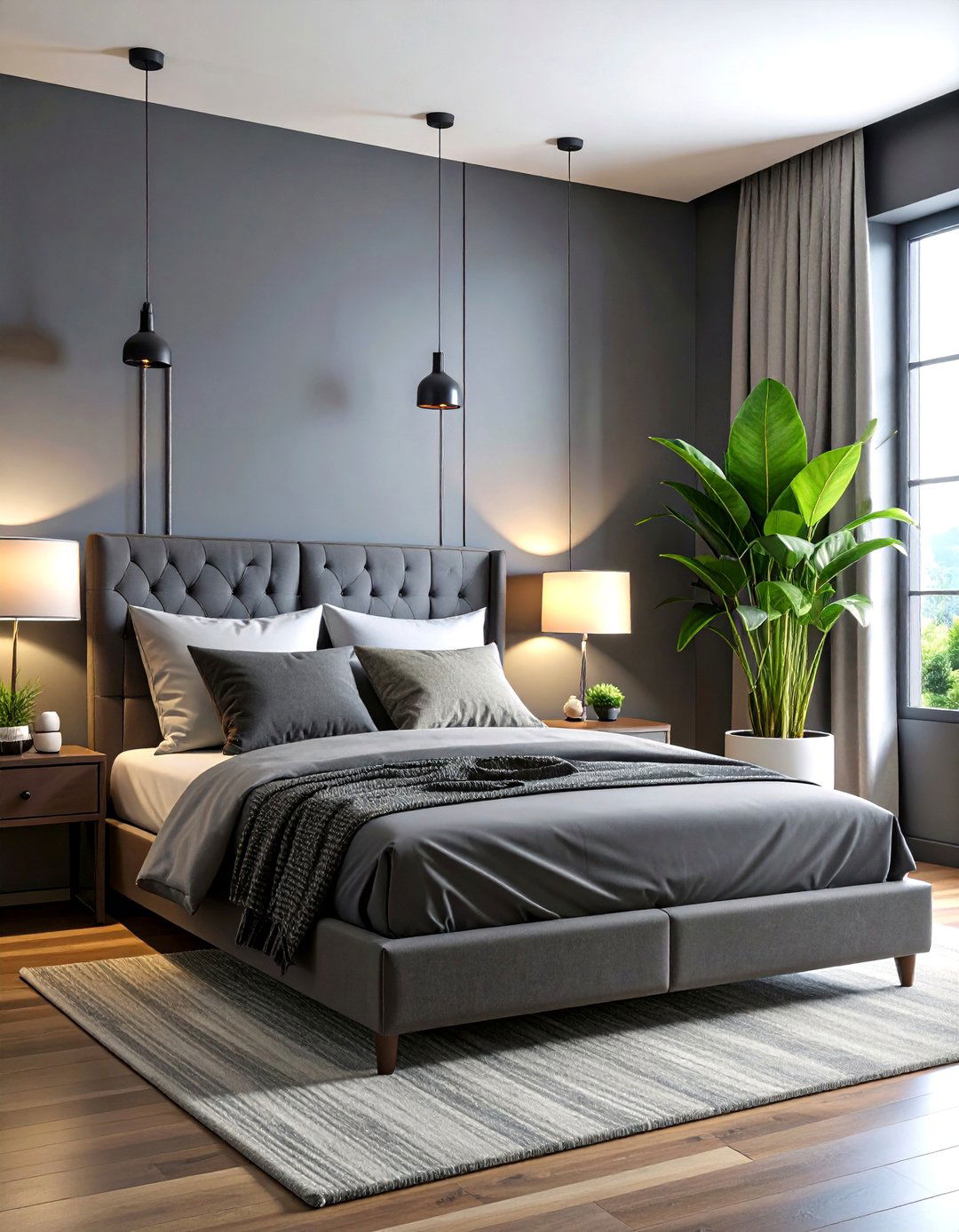
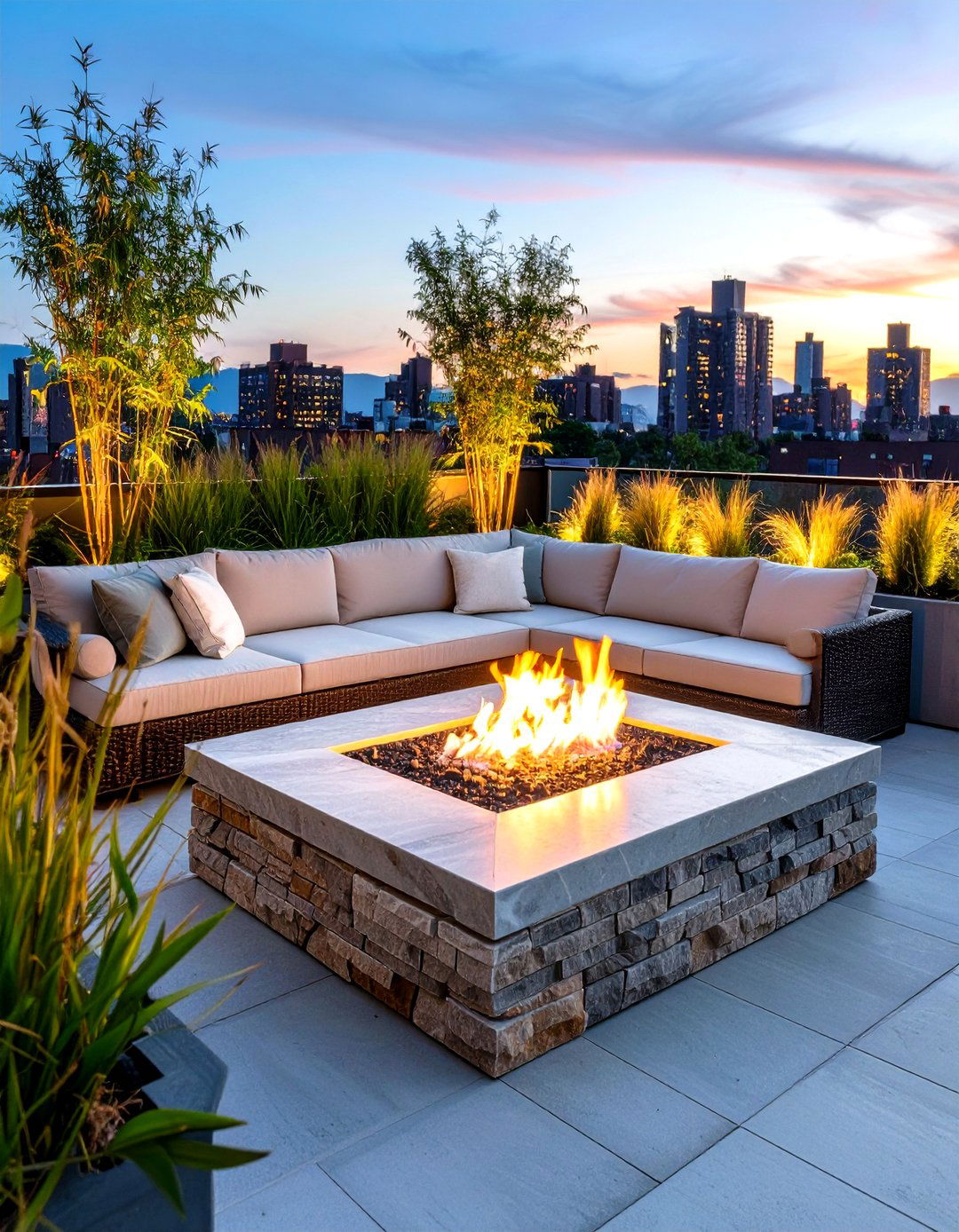
Leave a Reply